Understanding the Importance of Office Cleaning
In the realm of corporate settings, the significance of a clean workspace cannot be overstated. A well-maintained office embodies professionalism and consideration for employees, clients, and stakeholders alike. Regular office cleaning goes beyond basic hygiene; it establishes an environment conducive to productivity, health, and overall well-being. With this foundation laid, let’s delve into the multidimensional benefits and why prioritizing office cleaning is essential for any organization.
Benefits of a Clean Office Environment
A clean office environment presents numerous advantages. Psychologically, employees feel more valued and motivated when their surroundings reflect care. The physical benefits extend to reducing the transmission of germs and allergens, consequently leading to fewer sick days among employees. Additionally, a tidy office promotes a positive corporate image to clients and visitors, enhancing professionalism and trust.
Impact on Employee Productivity
Numerous studies indicate a direct correlation between a clean work environment and heightened employee productivity. Cluttered desks and dirty office spaces can distract employees, limiting their ability to focus. Conversely, clean and organized workplaces enhance creativity and efficiency, as employees spend less time searching for materials and more time engaged in their tasks. An organized office reduces stress and fosters a work culture centered around efficiency and respect for the employees’ workspace.
Office Cleaning and Health Standards
Health standards in the workplace are of paramount importance, especially in light of global health concerns. Regular office cleaning ensures compliance with health regulations, promoting a safe environment not just for employees but also for clients and visitors. Proper cleaning procedures, including disinfecting surfaces and maintaining air quality, contribute significantly to reducing the spread of diseases and ensuring that the workplace meets safety standards.
Key Office Cleaning Services to Consider
When considering office cleaning, a comprehensive understanding of the available services is crucial for creating an effective cleaning strategy. Organizations might opt for routine cleaning services or specialized options tailored to their particular needs.
Routine Cleaning Tasks for Your Workplace
Routine cleaning services cover essential daily tasks aimed at maintaining a baseline level of cleanliness. These tasks typically include:
- Dusting surfaces, such as desks, shelves, and electronics.
- Vacuuming and mopping floors to remove dirt and allergens.
- Emptying trash cans and replacing liners to prevent odor and infection.
- Wiping down communal areas, including kitchens and break rooms, to ensure hygiene.
- Cleaning restrooms, addressing not just appearances but also sanitation.
Establishing a regular cleaning schedule (daily, weekly, or bi-weekly) ensures these tasks are performed consistently, keeping the office environment healthy and welcoming.
Specialized Office Cleaning Services
Beyond routine cleaning, many organizations may require specialized services. These can include:
- Carpet Cleaning: Professional carpet cleaning techniques, such as steam cleaning, can remove deep-seated dirt and extend the lifespan of carpets.
- Window Cleaning: Regular cleaning of windows improves aesthetics and allows more natural light into the office, boosting mood and productivity.
- Post-Construction Cleanup: After renovations, thorough cleaning is necessary to remove debris and dust, ensuring the space is ready for use.
- Deep Cleaning: Periodic deep cleaning focuses on areas often neglected during routine cleaning, such as behind furniture and high dusting.
Understanding the scope of specialized services is vital for comprehensive office maintenance, allowing organizations to tailor their cleaning strategies to their unique needs.
Outsourcing vs. In-House Office Cleaning
Organizations must decide whether to handle cleaning with in-house staff or outsource to a professional cleaning service. Both approaches have distinct advantages:
- Outsourcing: Utilizing professional cleaning services often provides higher cleaning standards and expertise. These companies also have access to advanced equipment and cleaning solutions that may be impractical for in-house staff.
- In-House Cleaning: Having an in-house team can offer more control and immediate availability for urgent cleaning tasks. This may suit smaller offices with lower cleaning demands.
Ultimately, the decision should align with the organization’s size, budget, and specific cleaning needs, ensuring effective and efficient office cleaning solutions.
Best Practices for Effective Cleaning Protocols
Establishing effective cleaning protocols ensures that office cleaning is consistent, systematic, and results-driven. Organizations that prioritize best practices in their cleaning methodologies will maximize cleanliness and employee satisfaction.
Creating a Daily Cleaning Checklist
Implementing daily checklists ensures all cleaning tasks are systematically completed each day. A checklist can help in standardizing cleaning protocols and ensuring that no critical tasks are overlooked. Key components of a daily cleaning checklist could include:
- Sanitize high-touch areas (light switches, doorknobs).
- Empty trash bins and replace liners.
- Dust and wipe down surfaces.
- Handle spills and ensure floors are debris-free.
- Restock supplies such as soap, paper towels, and toilet paper.
Implementing Green Cleaning Solutions
In response to environmental concerns, more organizations are adopting green cleaning solutions that reduce the ecological footprint of office cleaning. These practices might include using biodegradable cleaning agents, opting for sustainable cleaning equipment, and minimizing the use of disposables. Implementing a green cleaning initiative can contribute positively to public perception and corporate responsibility while maintaining high cleaning standards.
Training Staff on Office Cleaning Techniques
Whether using in-house staff or outsourced services, thorough training is essential for effective office cleaning. Staff should be well-versed in proper techniques, equipment usage, and safety protocols. Providing ongoing training helps to maintain high standards and adapt to any changes in cleaning best practices or innovations in cleaning technology. Regular training sessions can also incorporate feedback, allowing for continual improvement in cleaning efficiency and effectiveness.
Tools and Equipment for Office Cleaning
The right tools and equipment are foundational to achieving high standards in office cleaning. Organizations need to invest appropriately to facilitate effective cleaning efforts.
Essential Cleaning Supplies for Every Office
Basic supplies should be accessible to ensure team members can maintain a clean environment. Essential cleaning supplies typically include:
- All-purpose cleaners for various surfaces.
- Microfiber cloths for dusting and sanitizing.
- Trash bags and bins for waste disposal.
- Vacuum cleaners that can handle office carpets effectively.
- Brooms and mops for floor cleaning.
A well-stocked supply cupboard can empower staff to tend to cleaning needs promptly as they arise.
Investing in Professional Cleaning Equipment
For organizations looking to enhance their cleaning effectiveness, investing in advanced cleaning equipment offers significant benefits. Professional cleaning equipment can reduce cleaning times and improve effectiveness, especially for larger office spaces. Examples of such equipment include:
- Commercial vacuums designed for high-traffic areas.
- Steam cleaners for deep sanitation procedures.
- Floor polishing machines to maintain hard flooring.
When combined with proper training, staff can leverage this equipment to achieve optimal cleaning results.
Technology and Office Cleaning Innovations
Technology continues to transform the office cleaning landscape, providing innovative solutions for enhancing cleaning efficiency and effectiveness. From automated cleaning machines that utilize robotics to smart scheduling software that manages cleaning schedules, technology provides tools that can streamline processes significantly. Organizations should consider these advancements as part of their overall cleaning strategy, adapting to innovations that align with their operational goals.
Measuring the Effectiveness of Office Cleaning
Measuring the effectiveness of cleaning protocols ensures that organizations remain compliant with standards and effectively address cleanliness concerns. Identifying performance metrics allows for continual refinement of cleaning practices.
Key Performance Indicators for Cleaning Services
Establishing measurable KPIs for cleaning services facilitates evaluation of performance over time. Key indicators might include:
- Frequency of cleaning tasks completed as scheduled.
- Employee feedback regarding workplace cleanliness.
- Incidence of reported cleanliness-related health issues.
- Efficiency metrics, such as time taken for specific cleaning tasks.
Measuring these KPIs helps identify where adjustments are needed to enhance the cleaning process and address any challenges that arise.
Gathering Employee Feedback on Cleanliness
Employee feedback is invaluable in measuring the effectiveness of cleaning protocols. Regular surveys or feedback sessions provide insights into areas needing improvement. Gathering qualitative data from employees about cleanliness can help prioritize tasks that are vital to overall satisfaction, as staff perceptions of cleanliness directly impact morale and productivity.
Adjusting Cleaning Protocols Based on Observations
Through regular assessments of cleaning effectiveness, organizations can adjust their cleaning protocols as needed. Observing areas that continually require attention may signal the need for additional cleaning efforts, frequency of service adjustments, or updates to tools and methods. Responsive adjustment to protocols often leads to continual improvement and satisfaction across the organization, showcasing a commitment to maintaining a clean and healthy workspace.

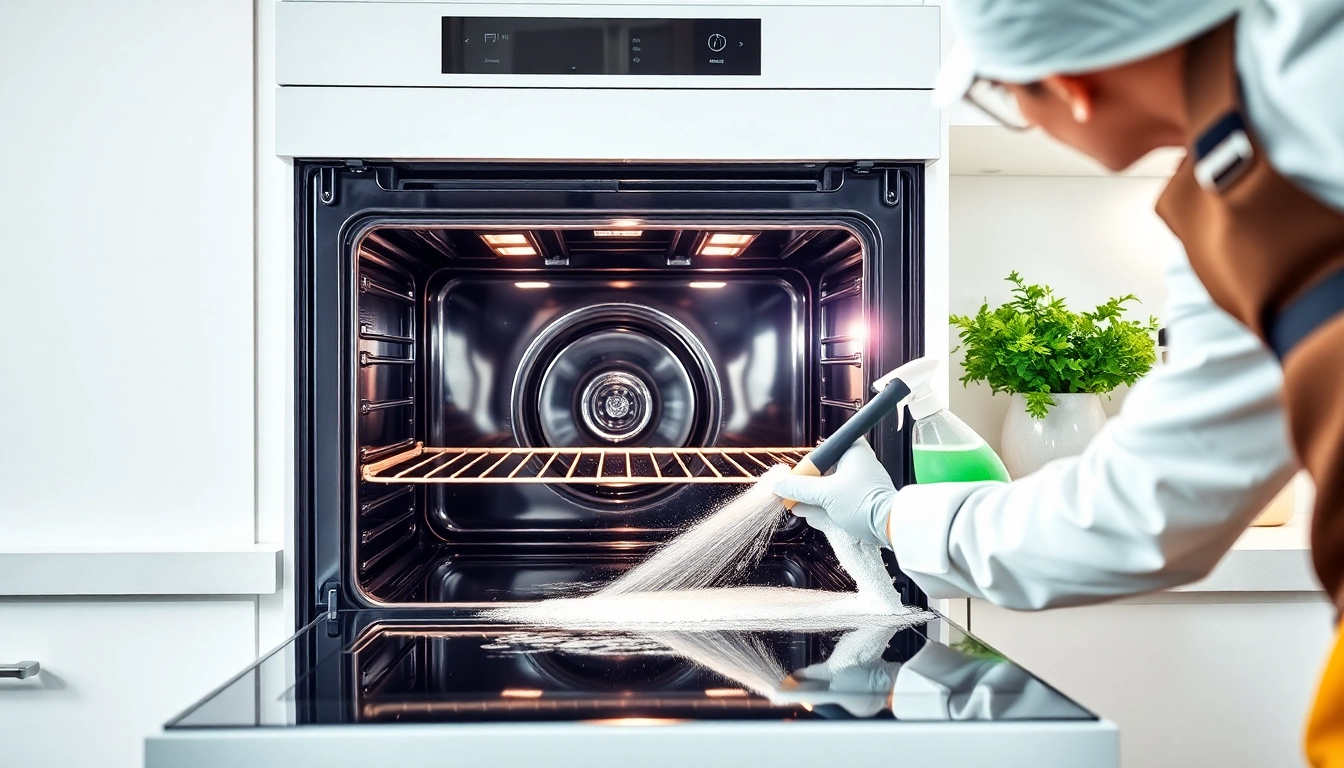

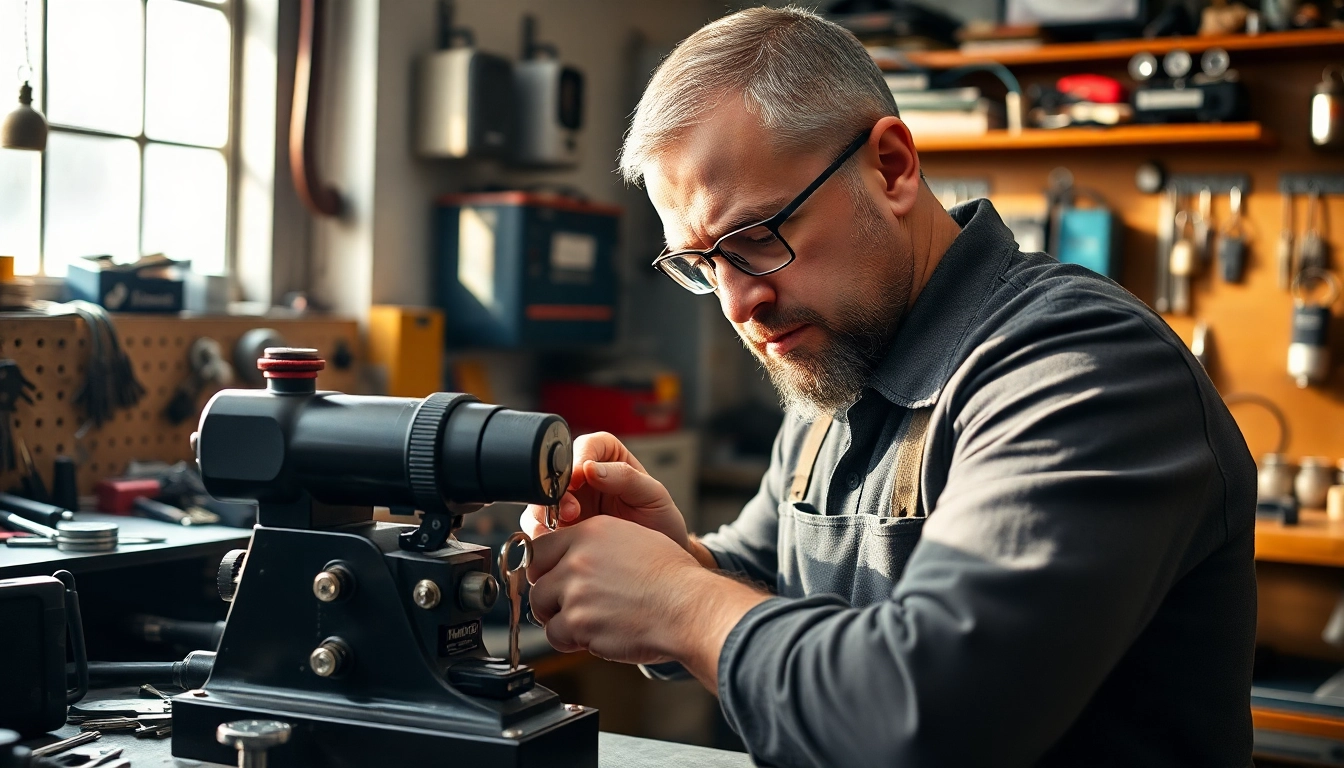
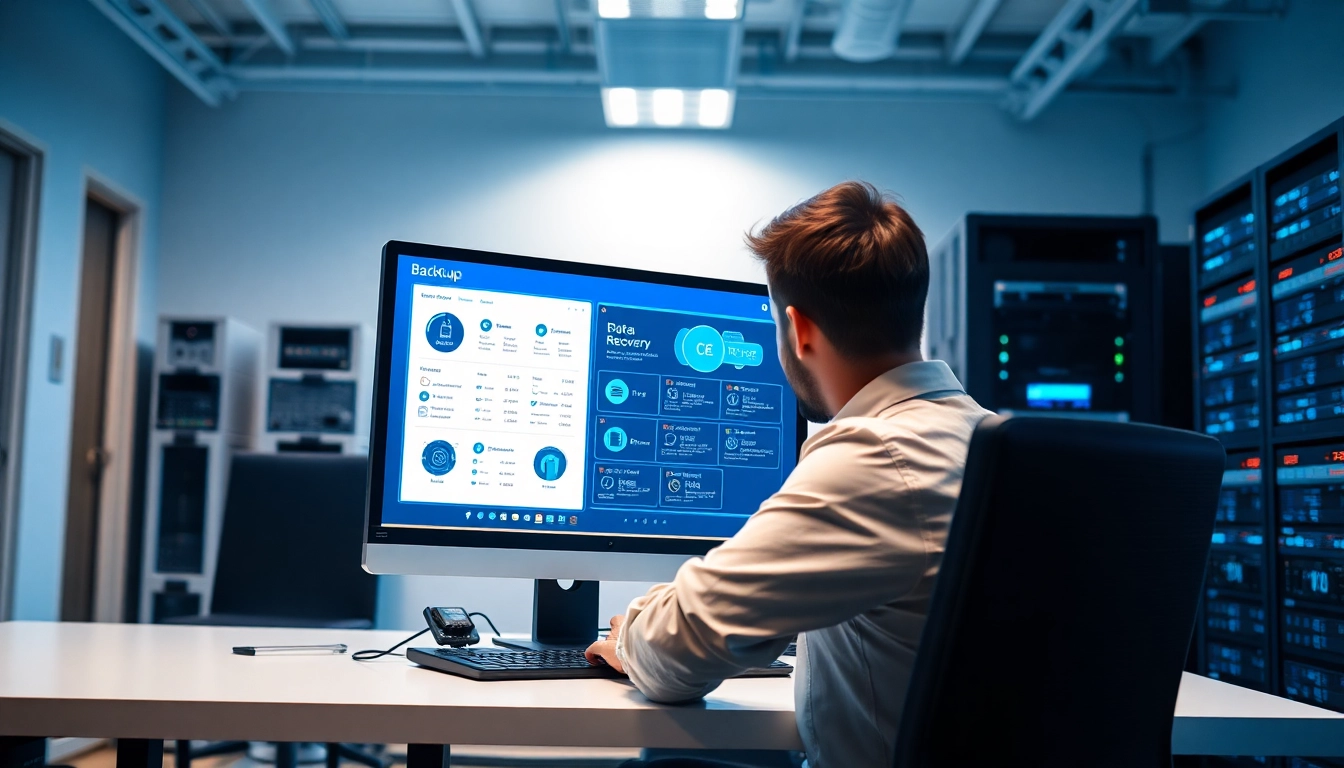

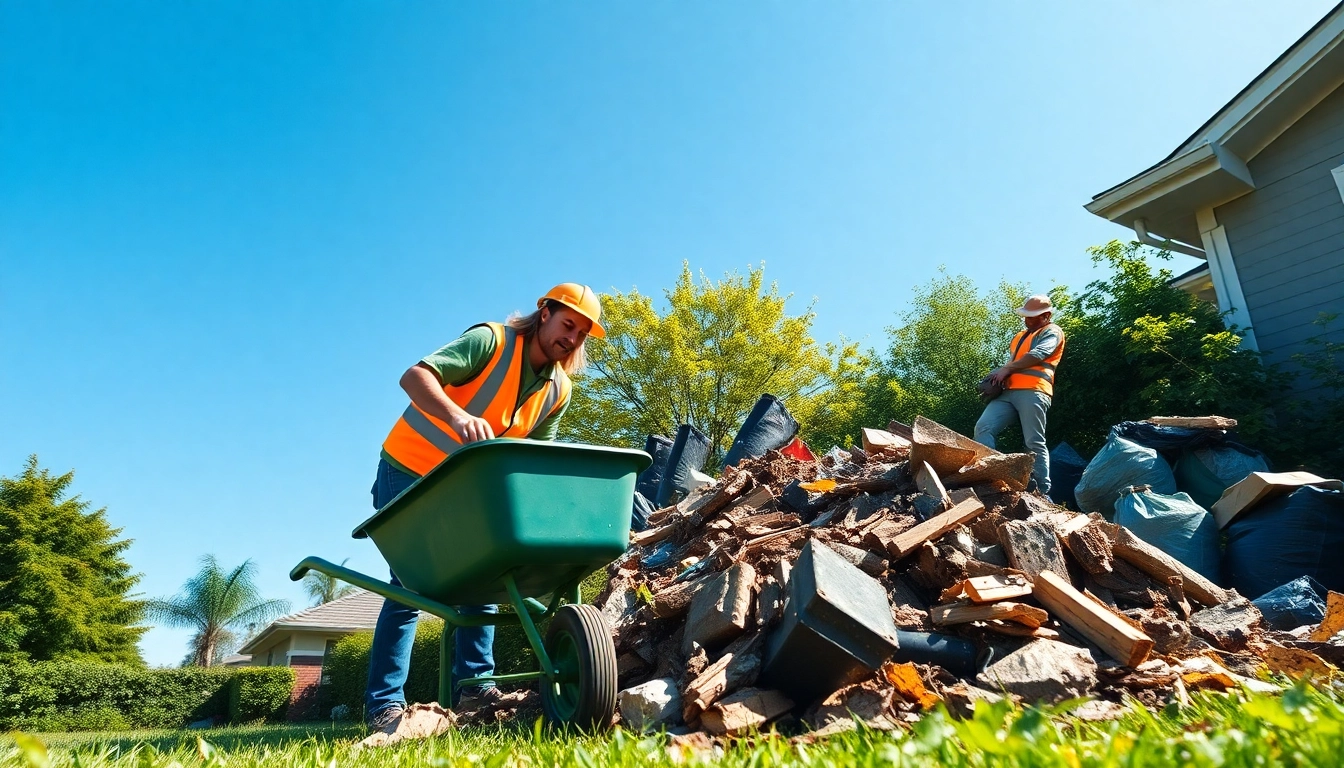

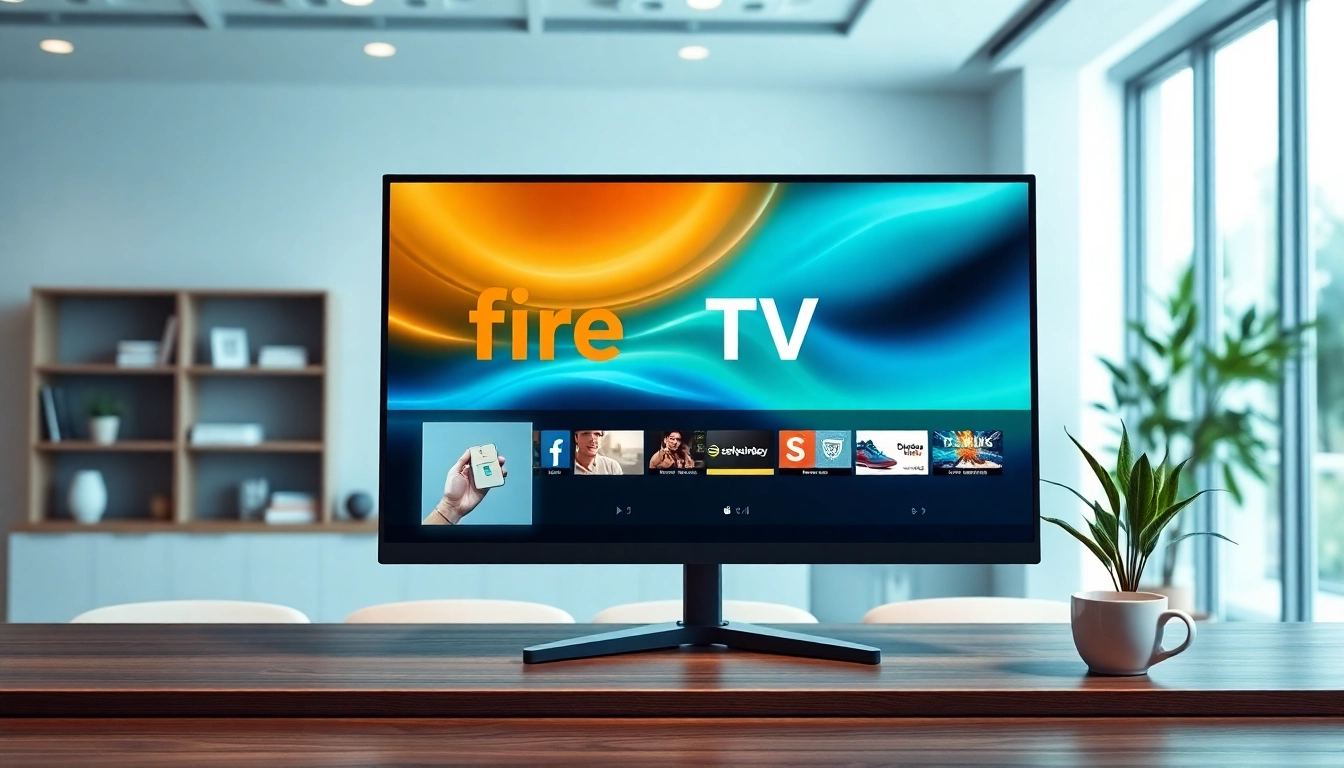
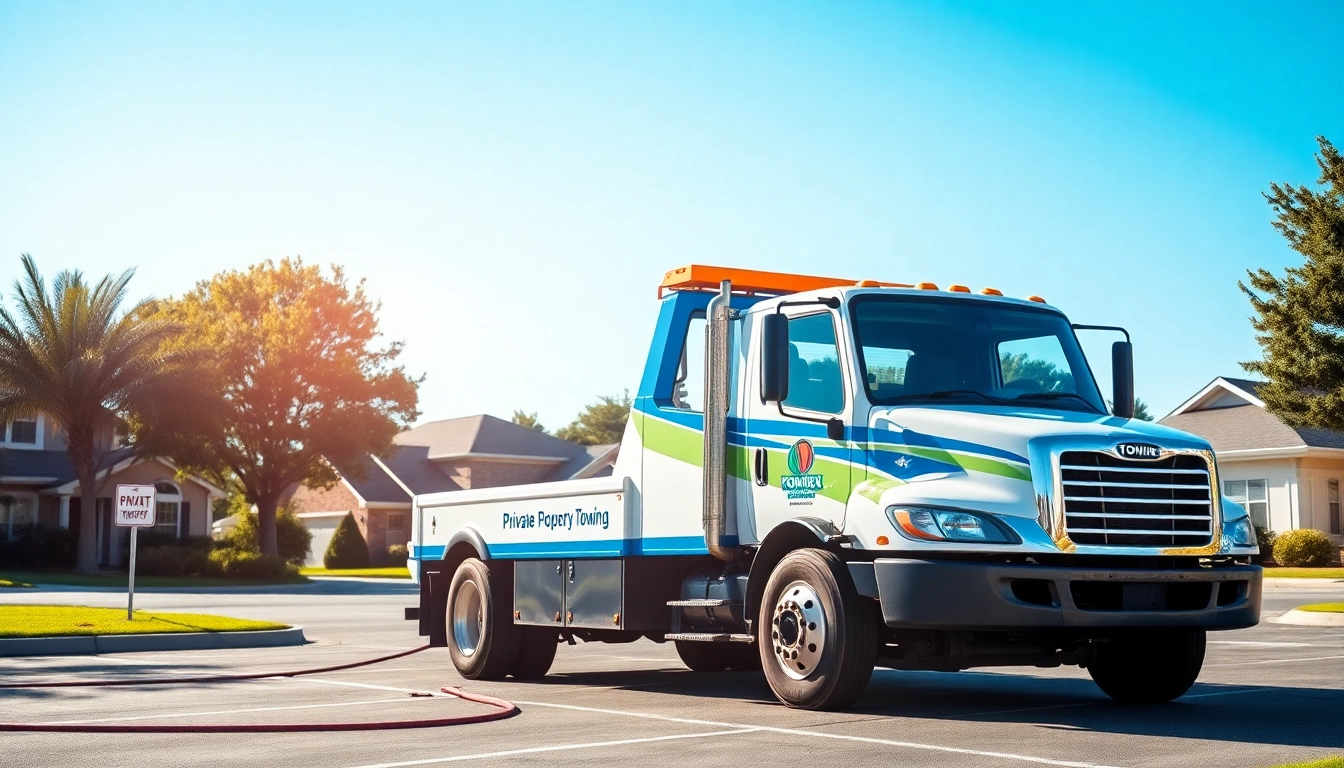




Leave a Reply